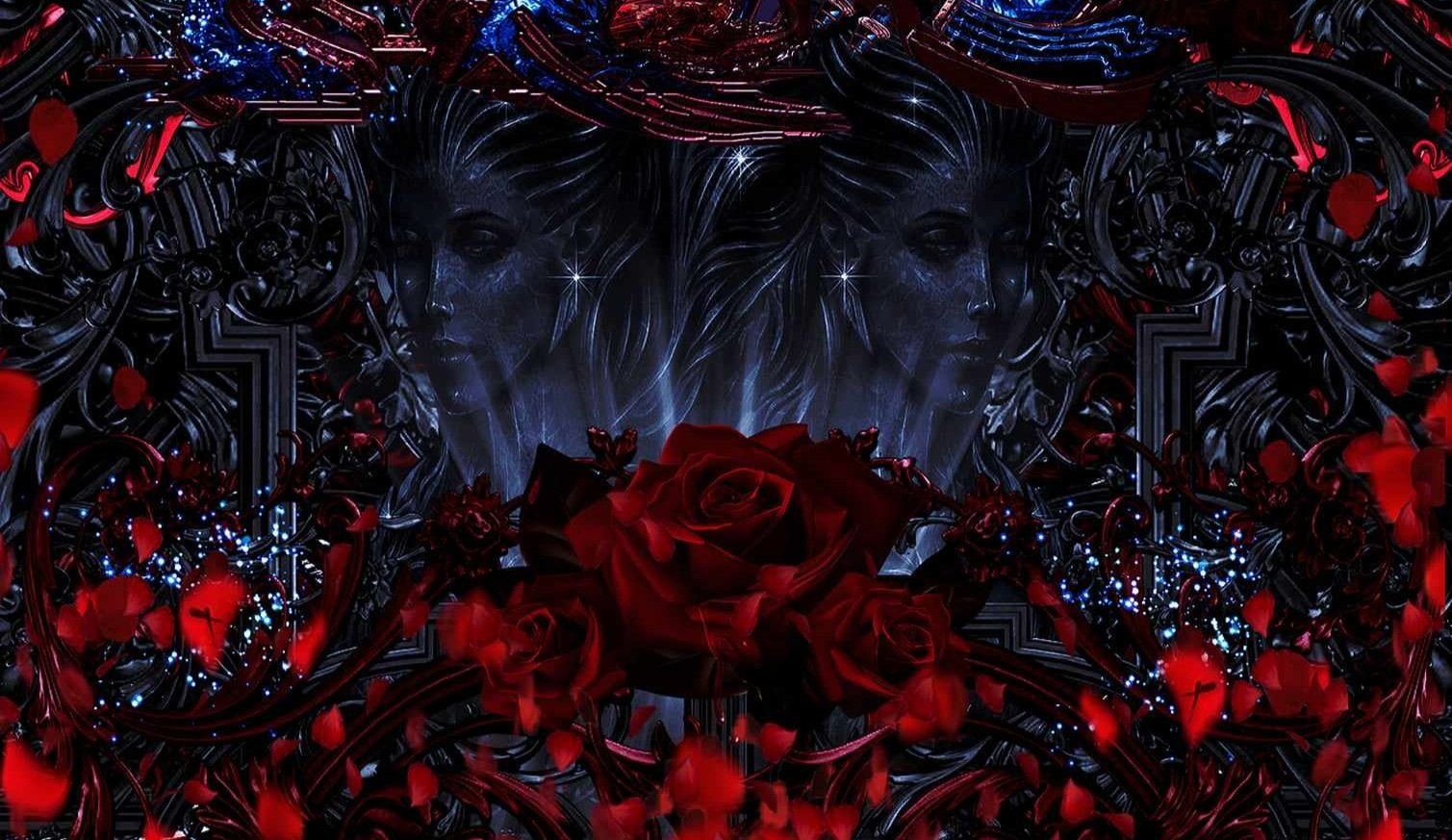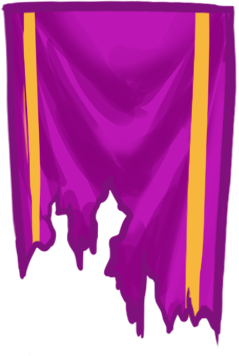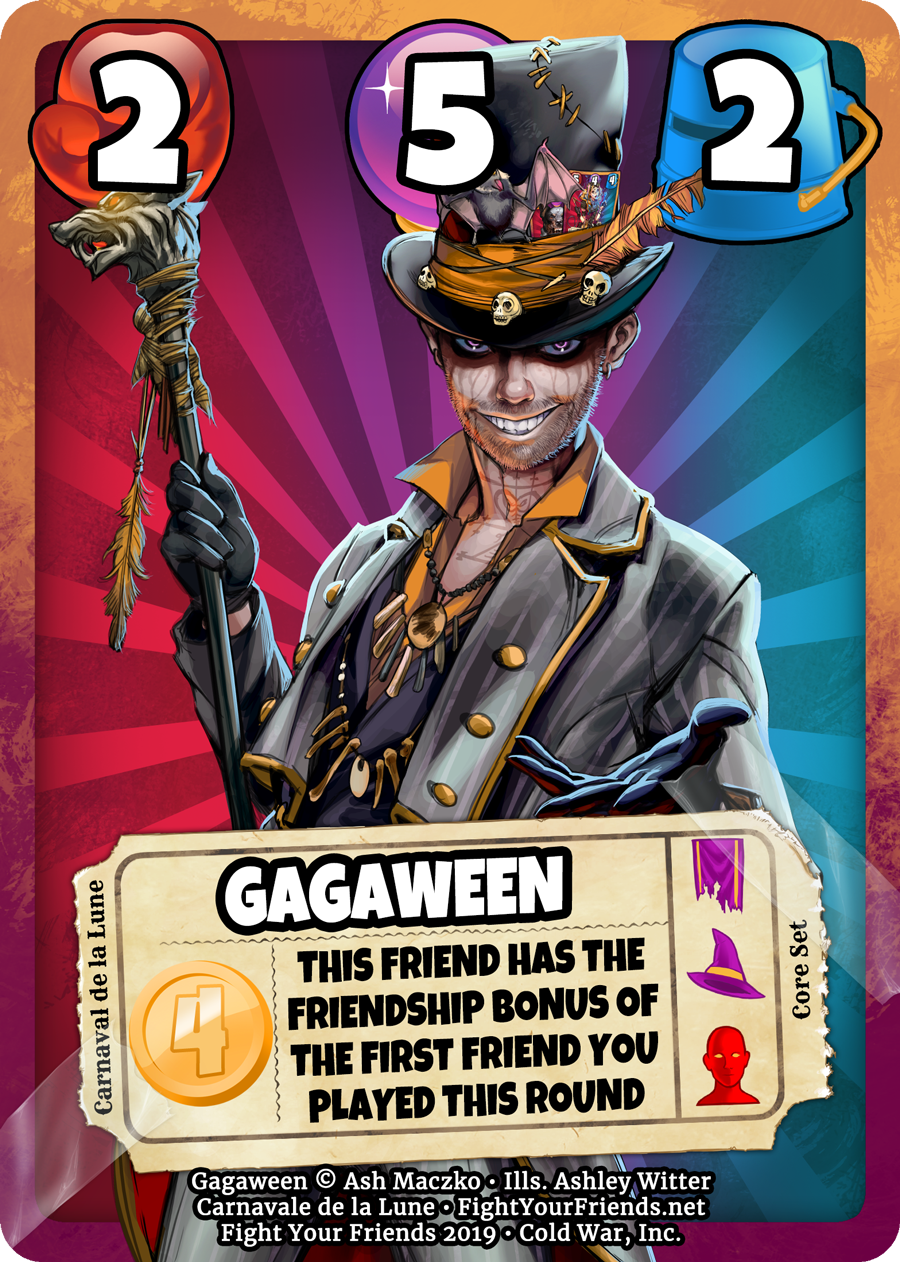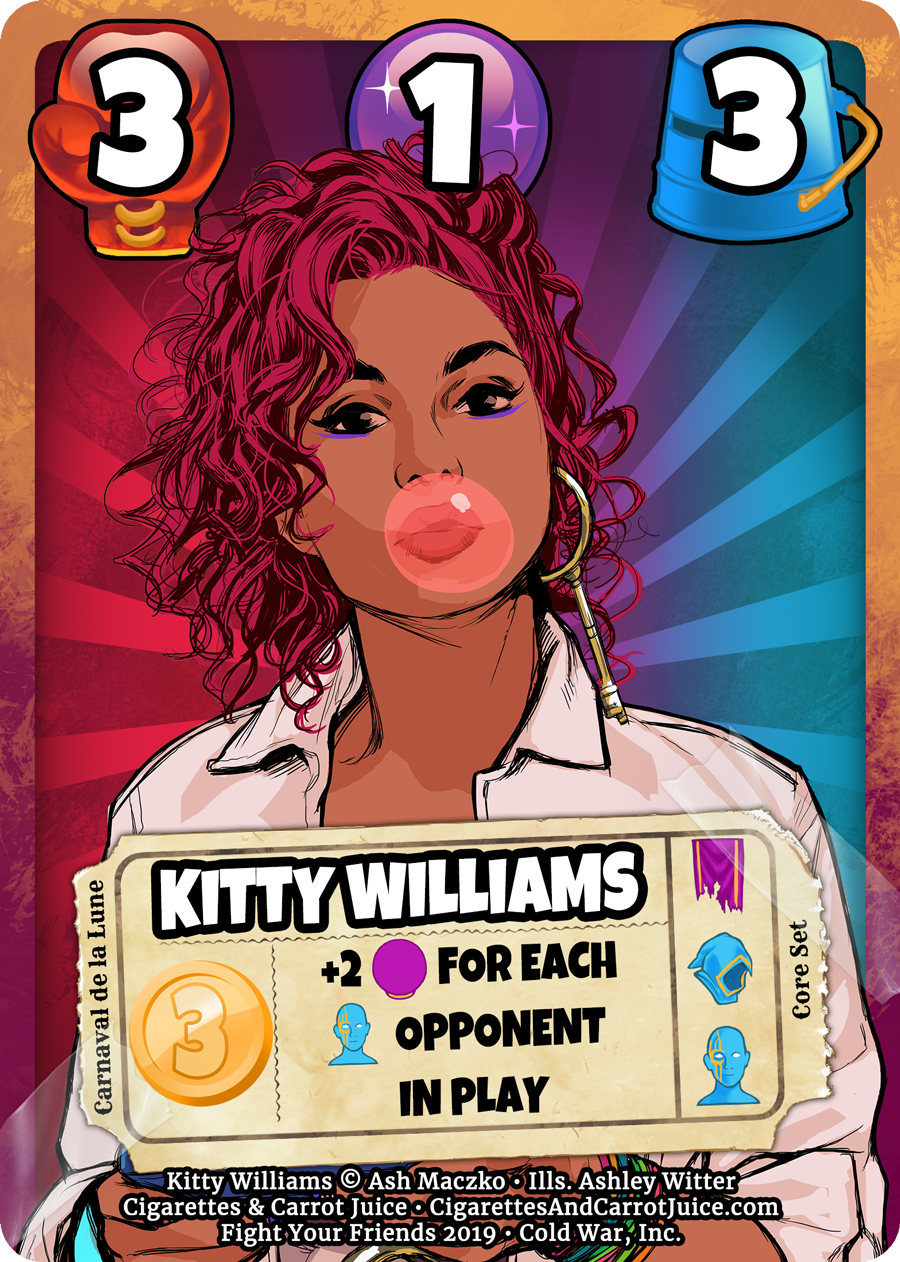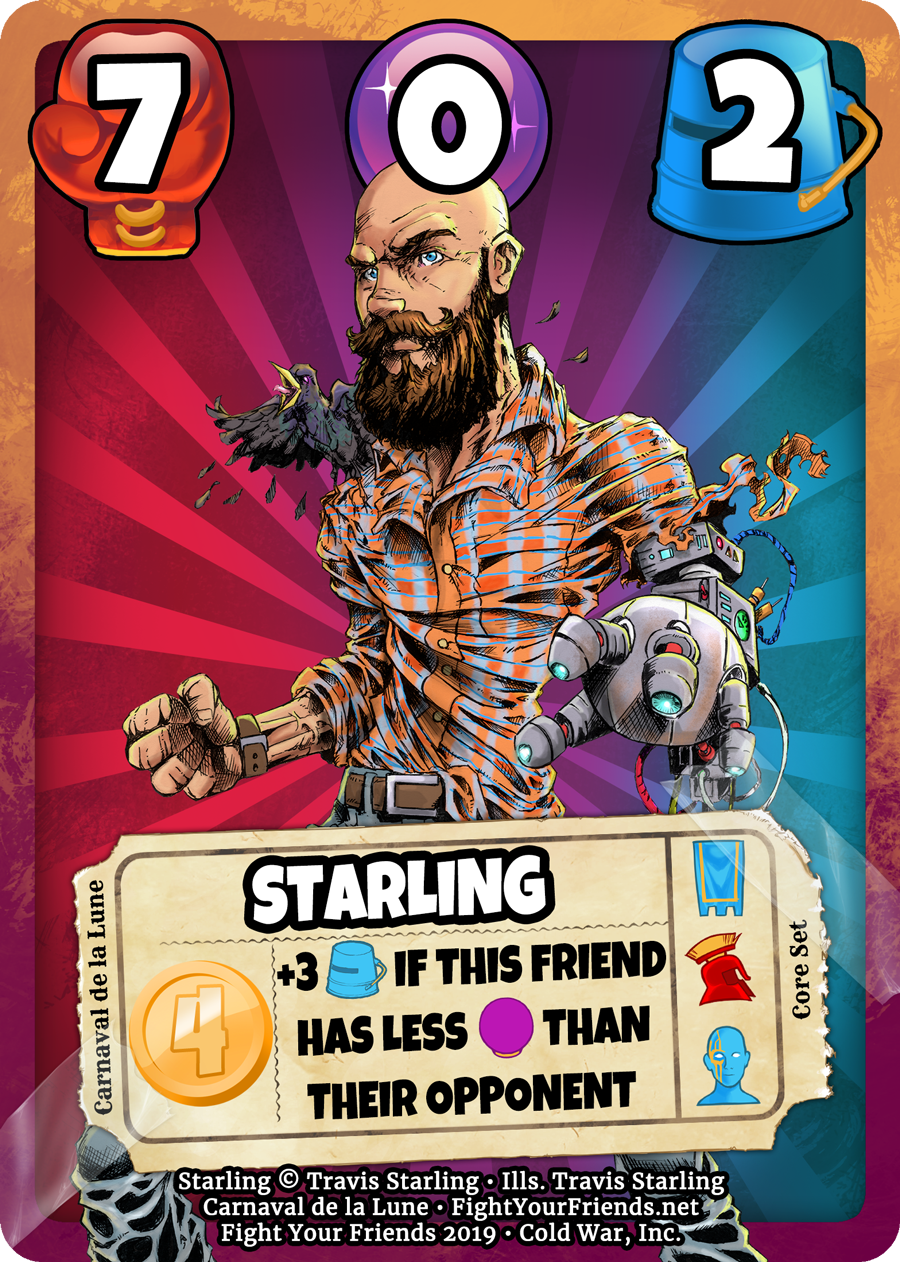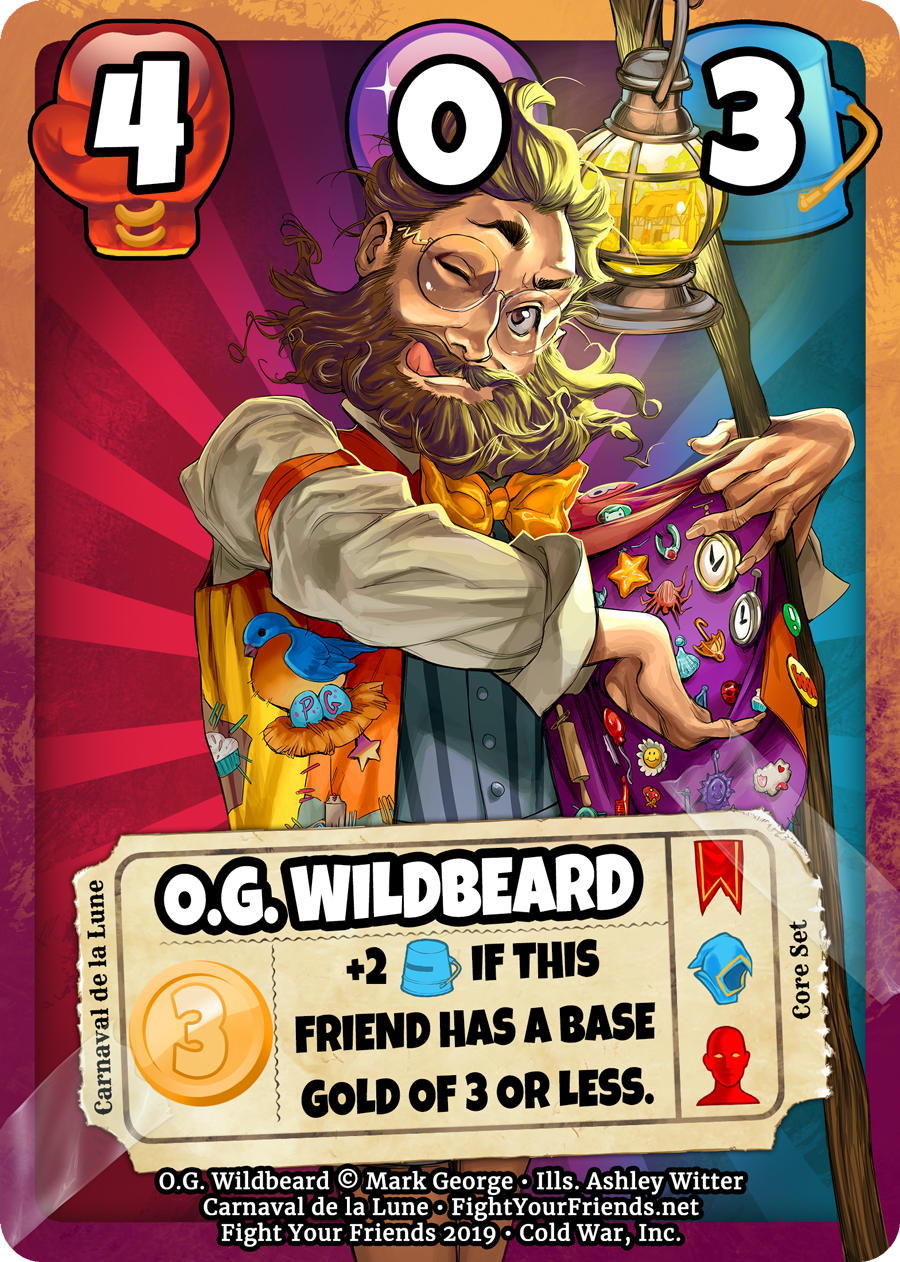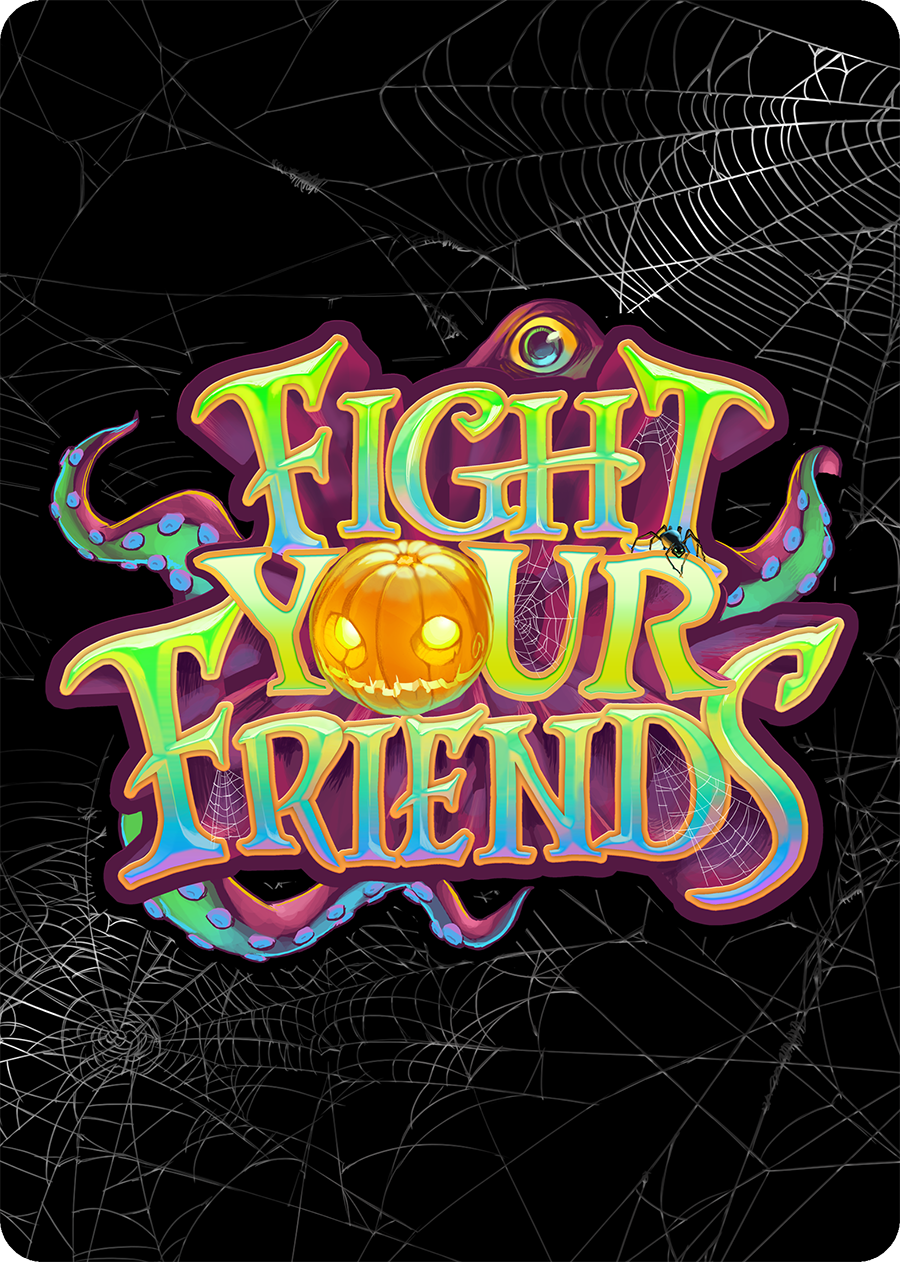Ximphonic Versus - A Universe of Infinite Possibilities
/Ximphonic Versus is a captivating universe created by the brilliant mind of Xing Xin – a visionary artist, writer, and entrepreneur. With a creative journey spanning three decades, Xing has left an indelible mark with his epic tale, Ximphonic Versus: Nocturnes Romance (first published in 1996).
A Creative Vision Unbound
Ximphonic Versus defies categorization, blending elements of Wuxia, Baroque, and fantasy to create a world unlike any other. Xing's unique storytelling prowess weaves together dark themes, rich human emotions, and action-packed sequences to create a journey that is both thrilling and thought-provoking.
Rejection
Yes, that is correct. Ximphonic Versus was rejected by publishers and Diamond distribution a total of 172 times due to its unique art style and genre. Xing was determined to get his work out there - so he self-published it through his own label, Phantom Blade Productions LLC. It has since become a success, selling over 5K physical copies without the aid of crowdfunding.
A Global Phenomenon In The Making
Ximphonic Versus has captured the imagination of readers and fans worldwide, with over 5,700 physical copies sold without crowdfunding. Xing's brainchild (Phantom Blade Productions LLC) has emerged as a force in the world of comics, partnering with Comics Mainstream for distribution and building strong relationships with local comic shops. The series has even earned the prestigious "IP Of Year" award from ICCA in 2022!
Action Figure Line
There is an action figure line being produced in conjunction with the series - wave 1 will have 8 figures. Xing states the figures will be reminiscent of the Play Arts Kai Final Fantasy line. The figures will boast an impressive 11”-13” height for some figures (as well as weapons, multiple heads, power effects, interchangeable hands and more). Prototype figures are in production. The prototype boxes are already printed as well, and are truly stunning.
Conquering New Horizons
Ximphonic Versus is poised to conquer new horizons with an upcoming Anime series, thanks to its acquisition by Hollywood production company Global Genesis Group. Xing Xin will take on the dual roles of executive producer and lead writer for the show, ensuring that the magic of Ximphonic Versus reaches a global audience.
Walmart
The books are now available at Walmart! It is the largest retailer in the world, with over 11,000 stores in 27 countries. This means that Ximphonic Versus will now be available to a wider audience than ever before. It is especially beneficial in areas where Ximphonic Versus is not currently available in brick-and-mortar stores. In addition, Walmart offers a variety of shipping and pick-up options, making it convenient for fans to purchase Ximphonic Versus online and have it shipped to their home or to a local Walmart store.
Acclaimed by Industry Giants
Ximphonic Versus has garnered praise from a multitude of industry giants - people from Netflix, Lionsgate and HBO to gaming titans like Blizzard Entertainment and Konami. Hollywood actors and actresses from hit shows like "The Handmaid's Tale" and "BALLERS" have also taken notice, and even purchased every copy of his acclaimed graphic novel series.
The Adventure is Just Beginning
With the American Anime TV series and other exciting developments on the horizon (including action figures, video games, additional TV shows, and more!) the world of Ximphonic Versus is expanding rapidly. Stay tuned for more updates and prepare to embark on an unforgettable journey!
Contact Information:
For media inquiries, please contact:
Name: S. Xing Xin-B
CEO: Phantom Blade Productions LLC
Office Line: 720-316-9257
Email: XVNRANIMETV@gmail.com
Website: https://ximphonicversus.com
Social Media:
● Facebook: https://www.facebook.com/XimphonicVersus
●Instagram: https://www.instagram.com/ximphonic_versus/
●IMDB: https://www.imdb.com/title/tt5686758/
●X/Twitter: @UmbraFerrumXV

